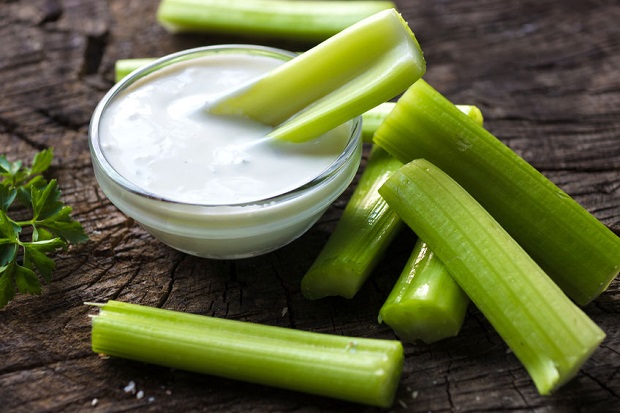
Many have the misconception that you can send anything food-related down the disposal. The notion that it will grind up anything and everything and wash it away is incorrect. Most garbage disposal systems are designed for grinding up soft foods. Putting improper materials into the garbage disposal could clog pipes and/or ruin your appliance.
Disposers vary in grinding power, so the following are general guidelines for materials best disposed of by other methods:
Grease, Oils, and Fats
Because these items are liquid, it may seem harmless to flush them down the drain. Unfortunately, they only remain in the liquid state while warm. Once they cool, they congeal, which will build up over time, spelling big trouble for your disposer and your wastewater pipe.
Grease, oils, and fats poured down the garbage disposal pose an even bigger threat if you own a residential septic system. In a septic tank, solids sink to the bottom, forming a layer called sludge, the middle layer is the wastewater that will enter the leach field, and the top layer is called the ‘scum’ layer. This layer is composed of liquids that are lighter than water, such as grease, oils, and fats. Once they solidify, they begin to build up, thickening the layer. If thick enough, this layer can interfere with the wastewater reaching the leach field and may even move into the leach field.
Fibrous Foods
The garbage disposal design and the way fibrous foods break down make it difficult to pulverize them without damaging the unit. A disposer is equipped with a motor that spins a flywheel, which in turn spins impellers. The impellers are round discs that throw the food against the grinding wall until the waste is small enough to escape through the holes in the grinding wall and out to the waste pipe.
Rather than breaking apart in small chunks, fibrous foods tend to tear in strips, which can get caught up in the moving parts of the appliance and possibly burn out the motor.
Celery, cornhusks, and artichokes are examples of foods that should be avoided.
Hard Foods
There are certain food items that a disposal simply can’t handle, which could cause the unit to jam or could break internal parts. Most disposals have a tough time with food items such as bones, fruit pits, and seeds like popcorn kernels.
Starchy Foods
Starchy foods such as potato peels create a sticky paste that can cause problems inside of the garbage disposal.
Pasta and rice products also expand in water and can cause problems inside the unit as well as along the exit route from the home.
Eggshells
So delicate. So fragile. How in the world can these tiny pieces of calcium carbonate cause trouble?
It’s not actually the eggshell that is the problem but the sticky membrane attached to the inside of the eggshell that causes problems. Once the eggshell is crushed, some of the tiny bits stick to the interior of the unit and its moving parts rather than exiting to the wastewater pipe. Over time, they can build up to cause problems. They also build up in pipes and can cause clogs.
Coffee Grounds
Yet another pipe clogger.
Chemicals
There are several reasons not to flush chemicals through your garbage disposal. First, harsh chemicals could damage the unit. Additionally, foreign chemicals can disrupt and/or kill the microorganisms present in septic systems that are necessary to process waste.
Non-food Items
Disposers are designed for soft foods. Items like plastics, metal, paper, and glass have the potential to ruin your disposal and do not belong in the wastewater. Medications are also dangerous to send out with your wastewater.
Contaminated Food
To prevent foodborne illness outbreaks, the CDC advises not to put food suspected to be contaminated down the garbage disposal. The CDC makes the following recommendation: “Dispose of food that may be contaminated by placing it in a sealable bag, wrapping another plastic bag around the sealable bag, and then taping tightly. Place bags in a trash receptacle for non-recyclable trash outside the home and out of reach of humans and pets.”
Resources
“Clostridium Botulinum Outbreak FAQs | CDC Botulism.” Centers for Disease Control and Prevention. N.p., n.d. Web. 27 May 2010. http://www.cdc.gov/botulism/botulism_faq.htm.
“Cobb County Government.” Cobb County Government. N.p., n.d. Web. 27 May 2010. http://watershed.cobbcountyga.gov/files/residentialFOG.htm.